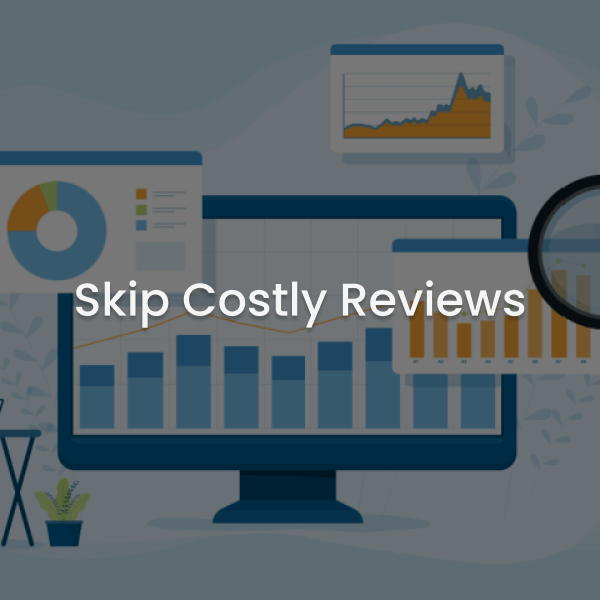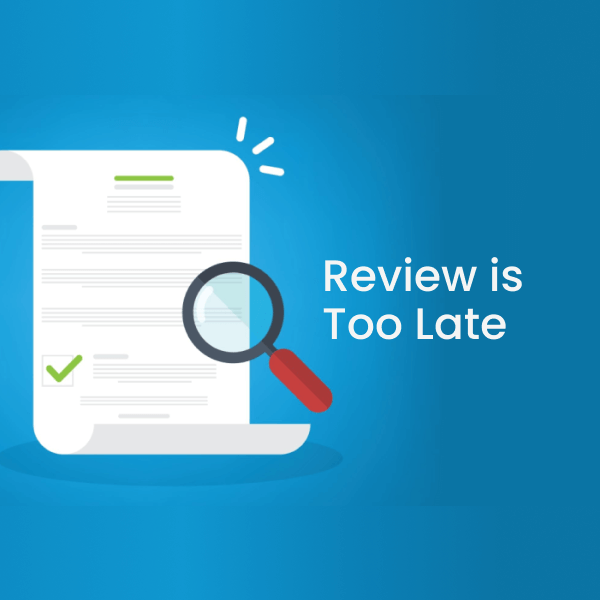One of the most common frustrations in the eDiscovery industry today is the needless level of complexity.
If you were to poll industry veterans – professionals who speak the same lingo and share the same goals – you might be shocked at the variance between the compositions of the systems and practices they use to meet the needs of their respective organizations. Professional “A” may want her organization to keep the entire review process in-house, while Professional “B” may only have his organization gather all potentially relevant data before exporting it to outside counsel to identify and tag. And no one is technically wrong here; there are a lot of complex variables ranging from organization size and frequency of litigation all the way to existing workflows that effect the choice of how to do things.
Given so many variations and preferences, how do you create a “perfect” eDiscovery solution? Short answer is that you don’t.
As it stands, eDiscovery is a paradox: simple in concept, complex in application. The need for a point solution here, and a separate specialty platform there, means that most end-to-end eDiscovery systems look an awful lot like the space between my desk and the wall: an unmanageable knot of wires and systems that makes accurate cost-analysis nearly impossible. Thus, there’s an overwhelming desire for simplicity, transparency, and efficiency. If you need even more proof that streamlining is desired in eDiscovery, look no further than the Gartner Magic Quadrant for eDiscovery, which was discontinued for 2016. One reason, among many, was that the market was too saturated and too complex to contain into a single yearly report.
We did a little additional research on this subject ourselves; our recent joint industry survey with the International Legal Technology Association (ILTA) showed that legal professionals, when given a choice, strongly prefer broad functionality and compatibility in their eDiscovery products over “best-in-breed” EDRM step specificity. In other words, you don’t need a utility belt of different solutions to boast a robust eDiscovery system. Or at least, you shouldn’t.
Companies using ZL Unified Archive® have the ability to capture, preserve, notify, index, tag, and export from a single application. Our customers use our product in different ways; for many, we’re a one-stop-shop for eDiscovery requirements. For others, we’re just used during a specific phase of the process. And that’s okay… the nice thing about having such broad product capabilities is that you can also be really adaptable to the diverse practices and preferences that exist for eDiscovery.
So while we have the capability of reducing the tangle of wires behind the desk into a single cable, that’s not necessarily the right answer for every organization. Just know to ask; don’t expect something “off the shelf” to work magic without some work. With eDiscovery products more diverse than ever, it’s up to the business to decide what is best for its needs.



